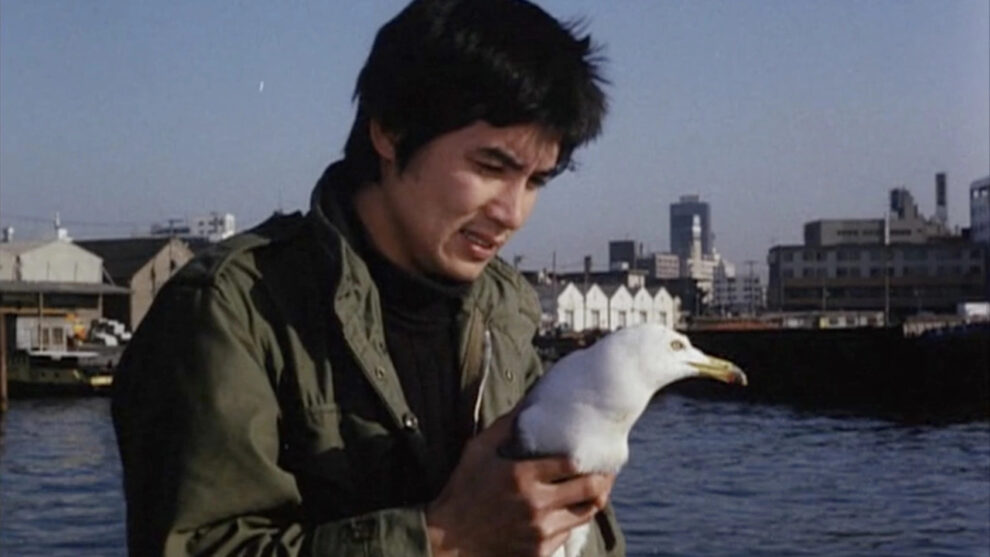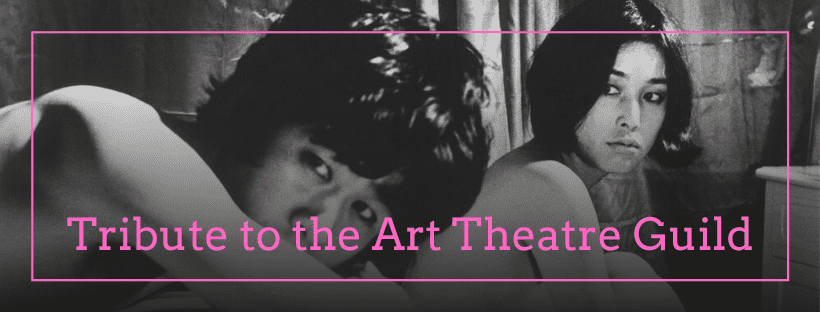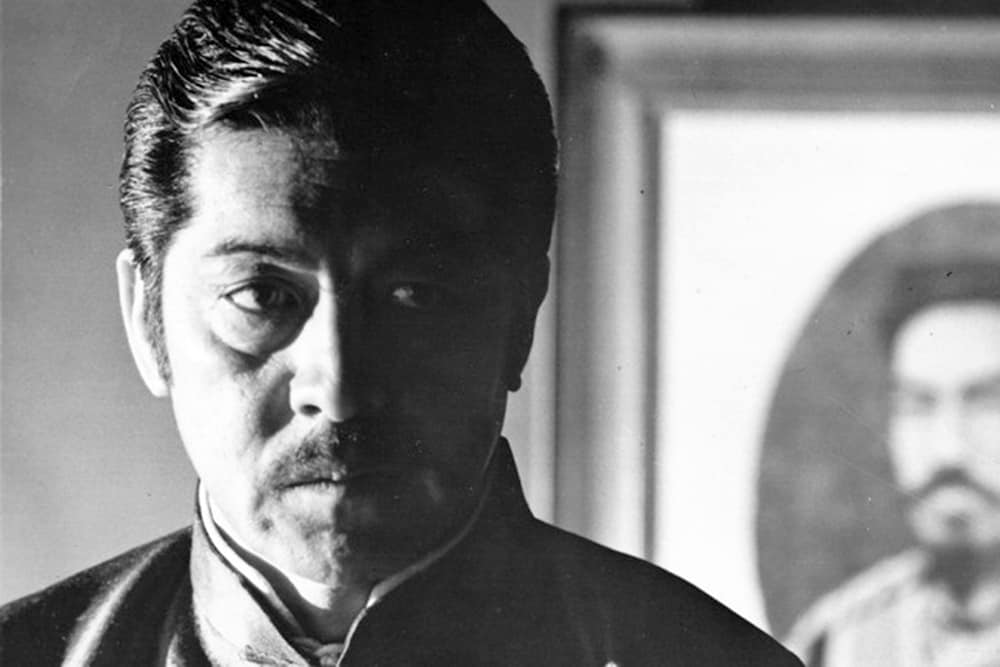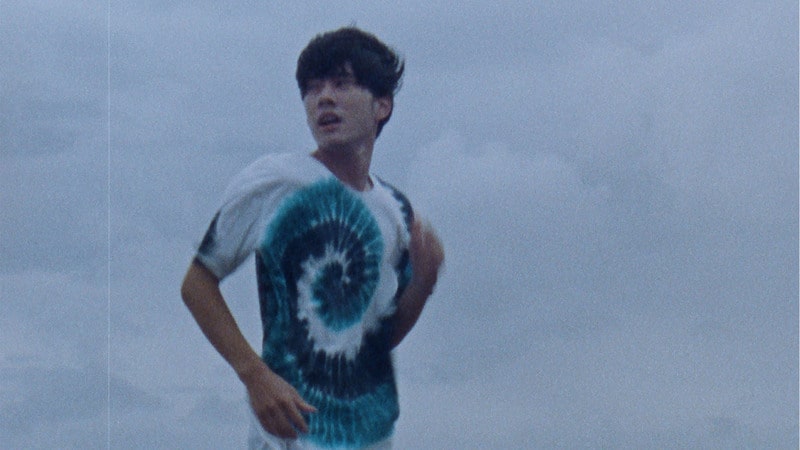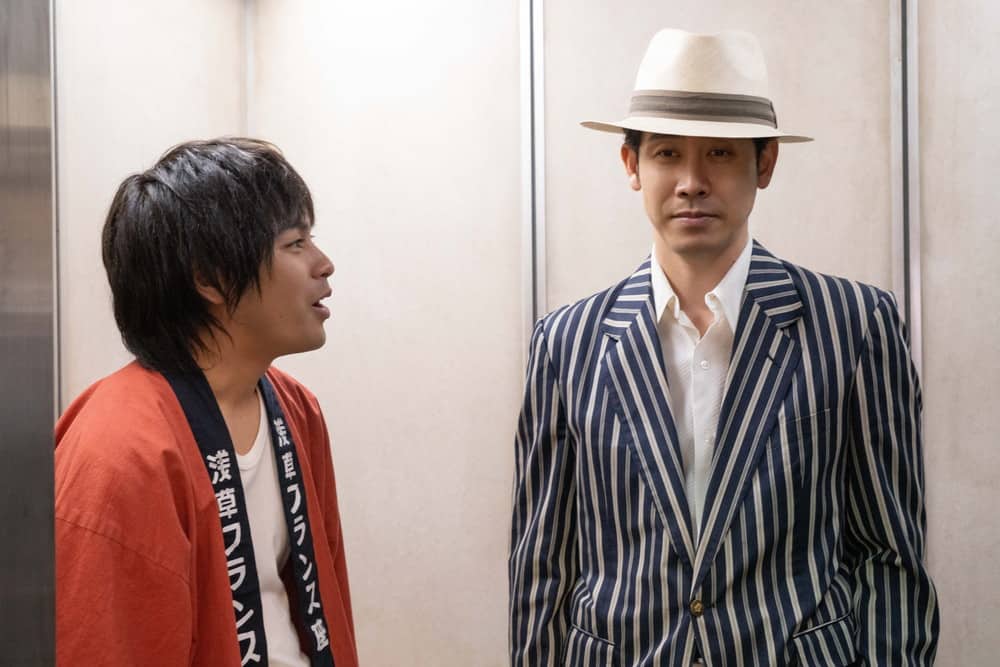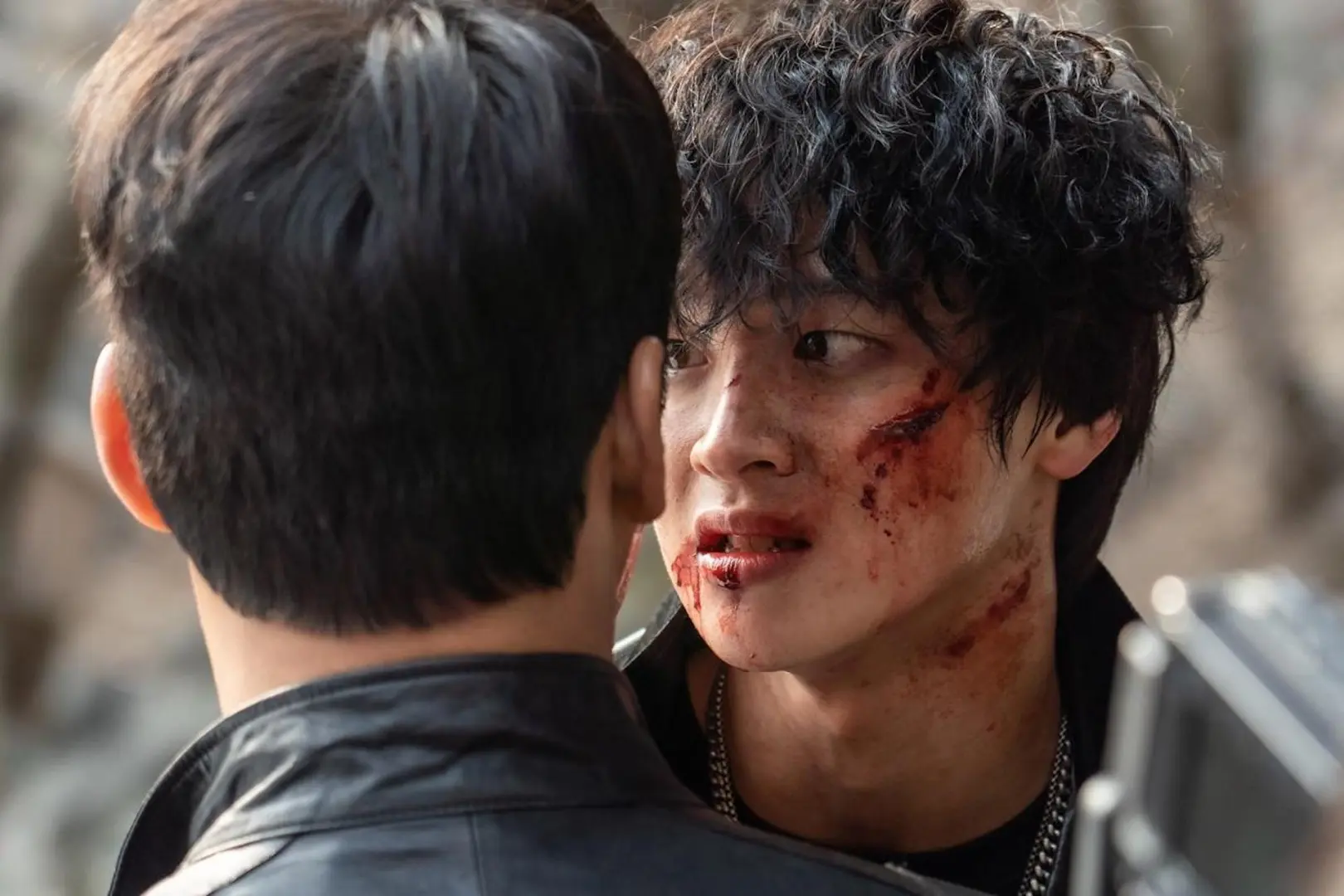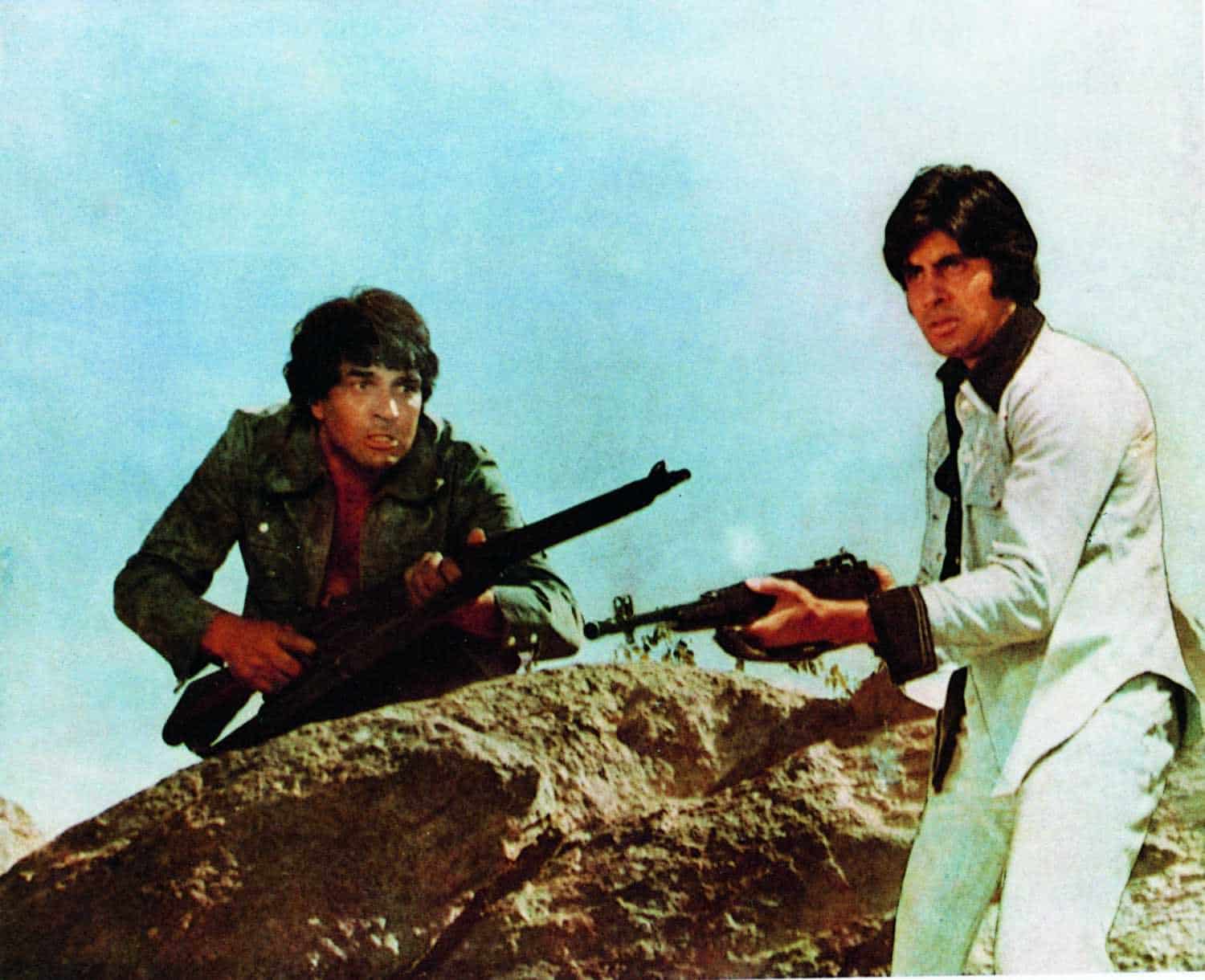Melodrama has always been one of the most crowd-pleasing genres, with its themes of misery and triumphing love appealing to a rather large demographic. As such, it comes as no surprise that ATG filmmakers also dealt with the specific genre, with Kenji Yoshida coming up with a movie that seems to want to somewhat reinvigorate the category by introducing strong elements of social commentary.
Katsuo is a young man who is trying to escape the place he was born, where the dominant mining business is essentially closing down, which is why he has come to Tokyo, where he ends up working as a high rise windows cleaner. Before that, however, he was working at a dump truck business, where we find him for the first time, “accommodating” the needs of a widow whose recently deceased husband looks like him. Next time we see him, he is spotting a young office lady attempting to straighten her stockings in an otherwise empty room. He is immediately smitten, and he proceeds in pursuing the girl, Kumi, who is also in the city trying to escape life in the fishing village she grew up in as much as the advances of a relative. His attitude, however, is closer to stalking than courting, and Kumi, who is almost always in the company of Ayako, a co-worker who is about to get married to the man of her dreams, shuts him down in the most embarrassing way possible.
His insistence, nevertheless, eventually breaks her defenses, and the two become a couple. Soon, though, his utopian dreams about reaching a fantasy city called Resiporuko and her having the more pragmatic ones about getting the high life in the actual city they live in, clash with each other. An incident with a seagull on the beach highlights their differences even more, but the two continue to stay together, even after the girl has the “traumatic” experience of meeting his always nagging mother. Their relationship, though, seems to gradually destroy both.
Check also this interview
Evidently, the way Katsuo pursues Kumi and the fact that he actually succeeds in his stalking/courting is something that would offend many, both in its presentation and the message it sends. Considering however, the era the film was shot, which was actually quite prevalent in ATG films, the whole arc is to be expected. Apart from the slightly exploitation approach here, Kenji Yoshida uses the dead-end relationship of the two for two purposes: to analyze his characters and the way they are shaped through it, and to make a number of sociopolitical comments.
Regarding the latter aspect, the “jabs” on the mining business and the dump truck one are quite eloquent, with both presented as unfair, lowly-paying and actually dangerous, in two comments though, that are somewhat artificially embedded in the narrative. Less so of the mining, whose decline actually explains Katsuo's current financial and familial situation, while also making a comment about the reasons behind urbanization, where youths could (can actually) find better circumstances to live in, potentially at least.
Oh Seagull, Have You Seen the Sparkling Ocean? An Encounter (1975) [Trailer] from Art Theatre Guild on Vimeo.
This last comment actually extends to Kumi's life, who, for her, is even worse, since the place of women in the patriarchal Japanese society is even worse, as the advances of the relative in the fishing village, and the ones of Katsuo actually, highlight. Her friend also functions in a similar way, essentially showing that the only way for women of the time to survive were to marry well, with her “success” actually dictating Kumi's dreams.
Yoshida seems to state that love can provide a solace, but, like the illusion that the city is the place where dreams come true, soon emerges as a sentiment that gradually destroys the two protagonists, who realize their differences but do not seem able to get away from each other. The pessimistic approach is cemented in that aspect, with Yoshida showing two protagonists (two youths of the time if you prefer) that have no way out, just switching from one dead-end to the other. That their parents are nowhere to be found or are just another problem in their lives, also moves towards the same direction, with the accusation towards the then previous generation, being quite obvious.
It is somewhere here, however, that Yoshida loses his sense of measure, with the last part of the movie moving into intensely sentimental paths, through a melodramatic approach that unnecessarily prolongs the movie towards the end, which can be easily described as cheesy. This lack of measure actually extends to the majority of the film, which does tend to lag throughout its duration, in an issue that can be attributed both to Yoshida's direction and to Akira Suzuki's editing, which does implement a fitting, relatively fast pace though.
The acting follows the same direction. During the initial part, and particularly during the courting, both Ken Tanaka as Katsuo and Yoko Takahashi as Kumi play their characters fittingly, exhibiting the feistiness of youth in the best fashion, as much as the troubles their past burdens them with. This prowess continues during the first part of their relationship, but as soon as the beginning of the end starts, their performances also lose their sense of measure, becoming overly dramatic, to the point of ending up annoying.
Koshiro Otsu's cinematography, on the other hand, is quite good throughout, with him showing the various settings the story takes place in with realism, while a number of scenes of the sea are quite beautiful. The highlighting of the seagulls is also appealing to the eye, while it is also worth noting that the filmmakers felt the need to state that the birds were used in the movie after getting proper permission.
“Oh Seagull, Have You Seen the Sparkling Ocean? An Encounter” is a mixed bag for a movie, since the comments are interesting and on target and the film well-shot, but the lack of a sense of measure definitely brings it down to a lower level than the majority of the rest of ATG productions.


